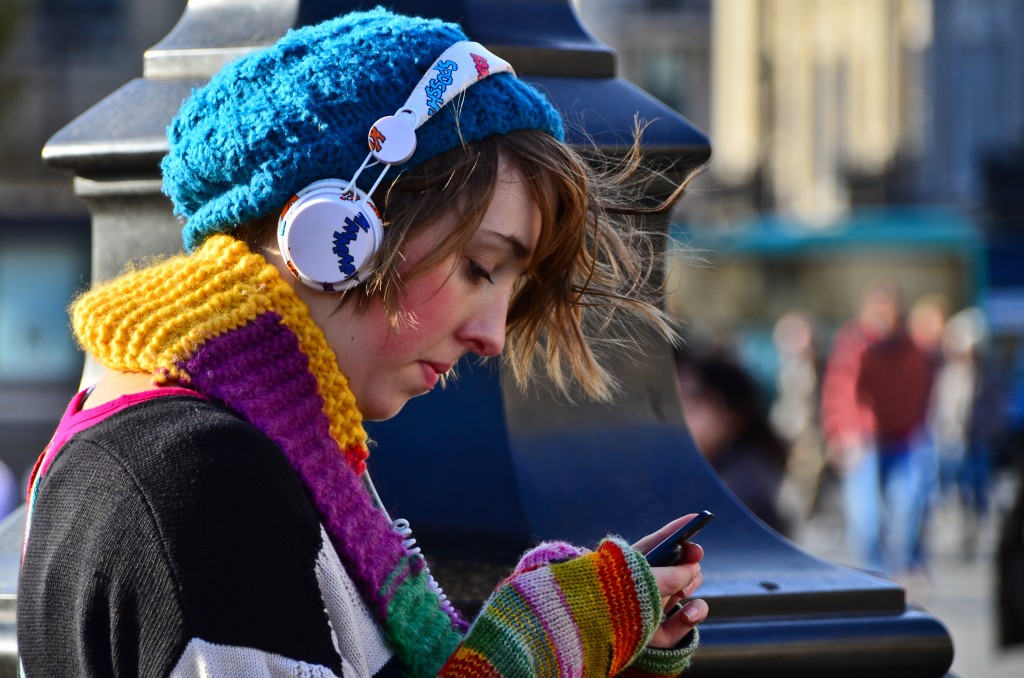
Teaching digital citizenship is a broad topic that as the name implies, demands that character education be addressed before one even enters the digital space. If a student doesn’t know how to behave responsibly in real life, then doing so online isn’t going to change that. As part of my studies in Digital Education Leadership at Seattle Pacific University, I am reflecting on ISTE Teaching Standard 4 to promote and model digital citizenship and responsibility in technology by focusing on indicator c. to “promote and model digital etiquette and responsible social interactions related to the use of technology and information.”
Recently some circumstances at my school have pushed me to think further about an educator’s role in digital citizenship. My school has addressed everything from nude pictures shared among students, to YouTube videos posted for the sake of student humiliation, to online threats made to student safety this year. These behaviors occurred both in and out of school, alarming and paralyzing those tasked with responding to them. Disciplinary action was taken in all of the circumstances, but a feeling of resolution remains absent.
Despite the serious acts described above, one situation in particular has stayed with me. A colleague of mine noticed two of her students engaging in off-task behavior while on computers. She used LanSchool to monitor their actions on screen and discovered an inappropriate dialogue between them. She printed out the transcript of the conversation and brought the students down to speak with the principal. While the students were aware that they had violated the school’s acceptable use policy by abusing the use of school devices, they adamantly disagreed that the nature of their conversation was any of the school’s business. This admission forced me to re-evaluate the role educators play in teaching digital citizenship skills. In “3 Quick Tips for Building Digital Citizenship,” Cary (2013) stated that “Schools have a tendency to shy away from actively teaching digital citizenship due to time constraints in the curriculum, concerns about student-teacher interaction online, as well as anxiety over students having ready access to social media (like Facebook and Twitter)” (para. 2). My fellow graduate student @ingersoll_ryan introduced me to the work of Carrie James. In her book Disconnected: Youth, New Media, and the Ethics Gap she addressed the need for educators to foster conscientious connectivity practices in students (2014). She wrote that most adults are not entering into the digital citizenship conversation and that, as a result, our students are lacking necessary mentorship in their online practice (James, 2014).